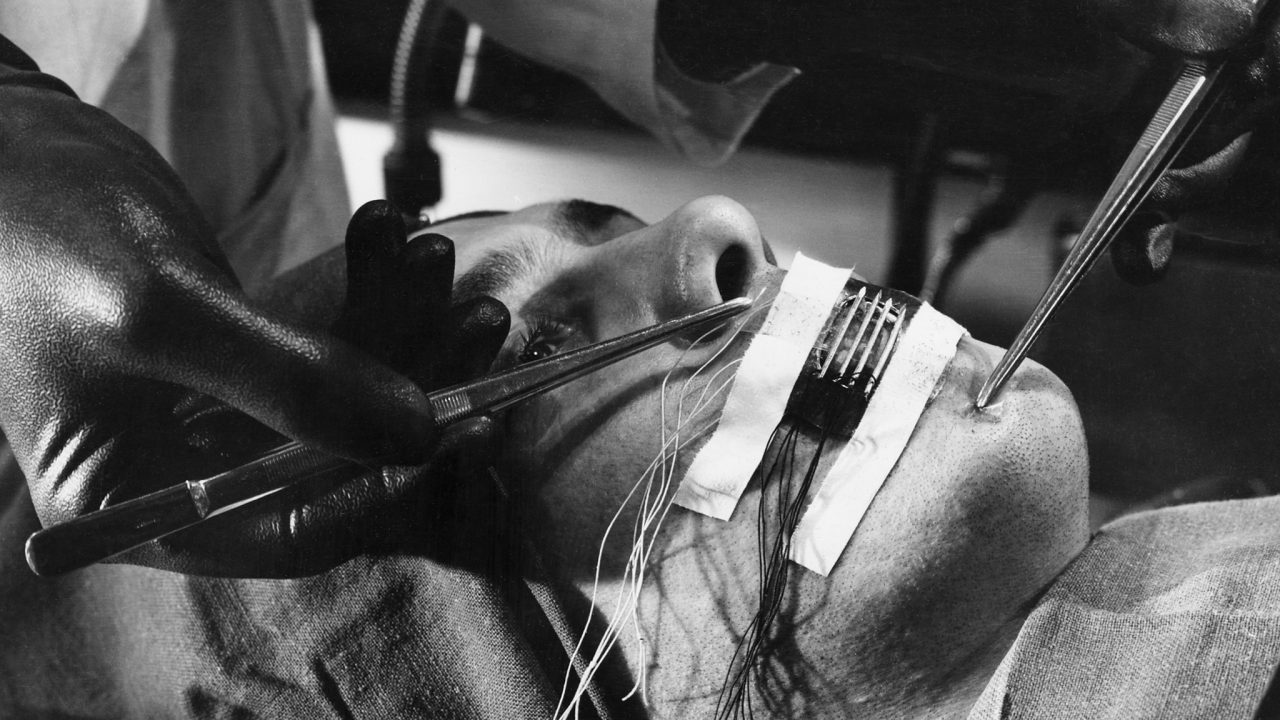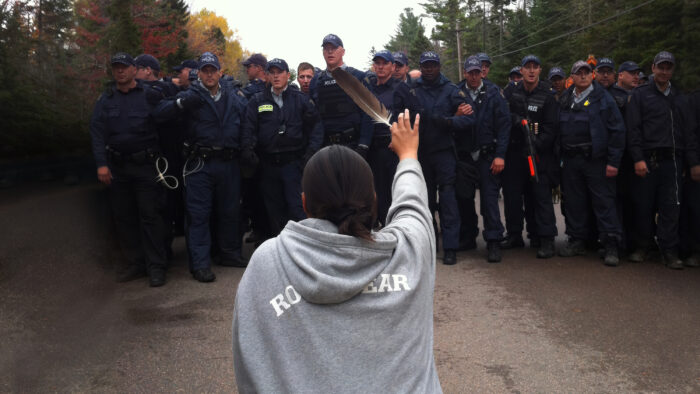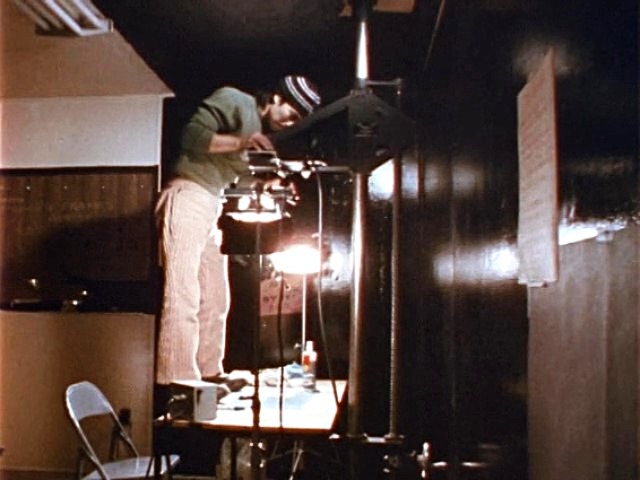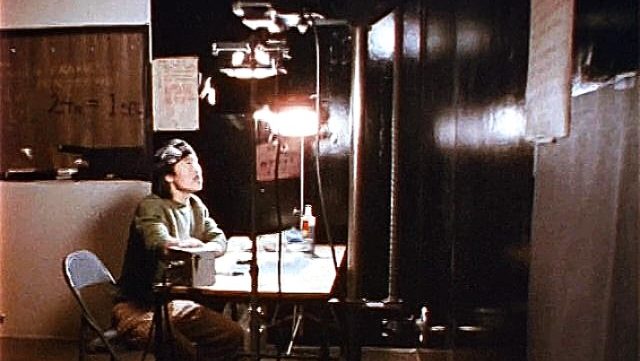
The Fight: Science Against Cancer | Curator’s Perspective
The Fight: Science Against Cancer | Curator’s Perspective
World Cancer Day has been celebrated on February 4 every year since 2000 to raise awareness about the disease. Its purpose is to get everyone to work together to help end preventable cancer deaths and make life-saving treatments available to all. In the spirit of this important day, my blog post will focus on the Oscar-nominated short documentary The Fight: Science Against Cancer, a 1950 NFB production with a very interesting genesis and history.
In the late 1940s, the Department of National Health and Welfare in Canada approached the NFB to make a film on cancer. The National Cancer Institute in the US was also looking to make a film on the subject. When the NCI heard that the NFB might be involved, they contacted their Canadian counterparts and asked that the two national agencies pool their resources to make a “super” documentary, with the NFB handling the film production end of things. The Americans were very impressed with a series of films the NFB had made on mental illness* and felt that the Canadian producer would be the ideal choice for such an important documentary.

The script was written by Maurice Constant (a biologist and screenwriter) with a great deal of help from hospitals, laboratories and the Association of the American Medical Colleges. Filming took place in late 1949 at the Toronto General Hospital and the University of Toronto. A veritable who’s who of NFB filmmakers participated, with Morten Parker (The Stratford Adventure) directing and Colin Low (Universe) and Evelyn Lambart (Begone Dull Care) handling the animated sequences. The entire film was shot like a feature, complete with actors and dramatic music (by Louis Applebaum).
The resultant film was titled Challenge: Science Against Cancer and ran 36 minutes. It focused mainly on the research scientists trying to find a cure for the disease. The world premiere took place in New York and was arranged by the World Health Organization. The film was very well received, and 16mm copies were then sent to the regional offices of the Cancer Society in both Canada and the USA. It was also submitted to several film festivals, winning awards in Venice and New York.
Challenge: Science Against Cancer, Morten Parker, provided by the National Film Board of Canada
The NCI wanted to release the film theatrically, as they felt the subject was vital, and they wanted general audiences to learn more about it. At 36 minutes, the doc was simply too long to play in theatres before a feature. They turned to the NFB to create a two-reel (20-minute) version; but at the NFB it was felt that even 20 minutes was too long, so a 10-minute version was also produced for theatrical screenings in Canada.
The title of the 20-minute version was changed to The Fight: Science Against Cancer to help audiences realize that cancer was a dangerous “enemy” that required aggressive action (hence the choice of the word “fight”). Some new footage was incorporated into the film, but it was mainly a cut-down version of the original. This shortened version was released to cinemas in the United States in early March 1951. It picked up an Oscar nomination in the Best Short Documentary category but did not win the award, which went to a film about the Korean War instead.
The Fight: Science Against Cancer, Morten Parker, provided by the National Film Board of Canada
In Canada, the 10-minute version was released to theatres (also in March 1951) under the title The Outlaw Within as part of the popular Canada Carries On series. Reviews for all three versions were positive. The Fight: Science Against Cancer also won a Special Award for “a splendid representation of a significant social problem” at the Canadian Film Awards.
The Outlaw Within, Morten Parker, provided by the National Film Board of Canada
What makes the film so special is the straightforward way it tries to de-mystify cancer. At the time, the general population had very limited knowledge of what the disease was all about. The Fight was a noble attempt to try to explain the riddle of cancer and the progress of science toward a solution.
Cinematically, the documentary is simply sublime. When our protagonist arrives at the hospital, there’s a dramatic swell in the music just as he turns his head to reveal a cancerous growth on his cheek. There’s also a marvelous moment where a scientist studies a cancer cell on a slide and literally walks into the slide. The animation is superb as well. It attempts to explain just how life comes to be and what happens when cancer takes over. Kudos to Lambart and Low for these great sequences that tie everything together.
Of course, viewing The Fight today, 70 years later, it’s obvious that a great deal of what is discussed in the film is obsolete. For one thing, doctors do not put radium tubes directly on a patient’s skin to destroy the cancerous cells anymore. And while the film hints at genetics being a key factor, lifestyle factors are not mentioned at all. Then there’s the fact that everyone, including the scientists, smokes throughout the film. (The filmmakers even injected a bit of humour in one of the laboratory sequences—a scientist uses a beaker full of boiling water to make tea!)
I invite you to watch this courageous film that attempted to shed light on a deadly but, at the time, little-known disease. It may be dated, but its message of hope is still wonderful to see.
Enjoy the film.
*This was the Mental Mechanisms series, which was composed of four films: The Feeling of Rejection (1947), The Feeling of Hostility (1948), Over-Dependency (1949) and Feelings of Depression (1950).



